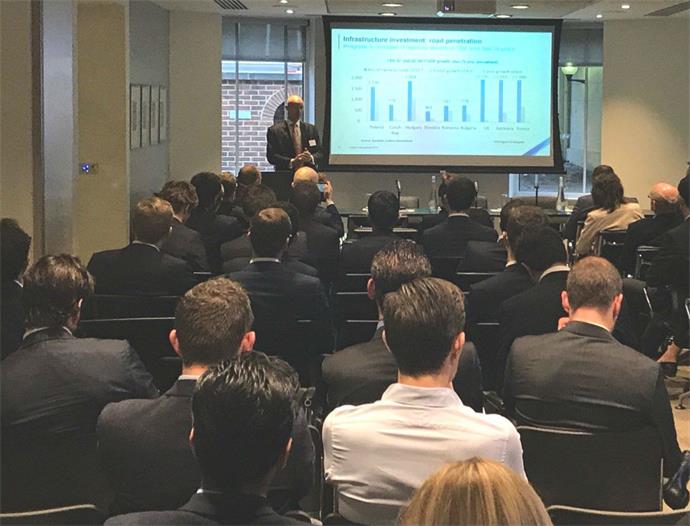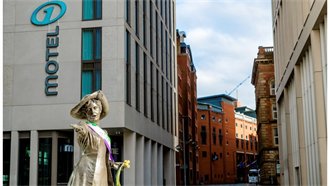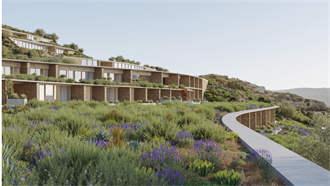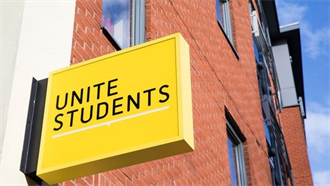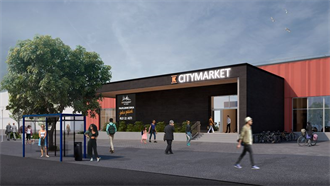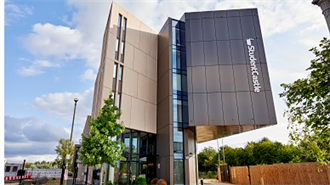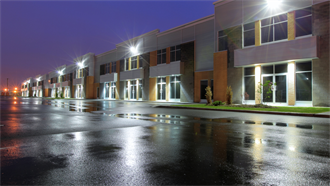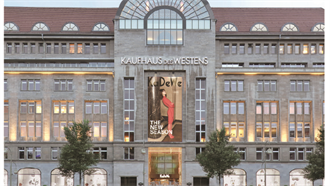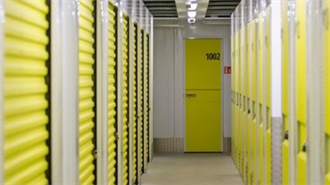Investment volumes into Central and Eastern Europe are close to historical highs this year, as new international capital competes with domestic investors for opportunities, delegates heard at the PropertyEU CEE Investment Briefing, which was held in London on Wednesday.
‘We are going back to the cyclical peak, which was €13 bn in 2007 before the crisis,’ said Mark Robinson, CEE research specialist at Colliers International. ‘In 2016 investment inflows were €12.2 bn, a figure which might be exceeded this year. We have reached €7.6 bn in the first nine months of 2017, but the fourth quarter is expected to be strong, with €3 bn’s worth of deals closing in Poland alone. There is a lot of activity in the market.’
The momentum is due to strong economic growth across the region, with all countries recording GDP increases well above Western Europe. The growth rates vary from +3.2% in Hungary to +4.7% in Czech Republic, with Romania leading the pack with +5.9% .
‘A strong economy is good news for all sectors of commercial real estate, as it gives underlying support to demand and rental growth,’ he said.
Investment flows from EMEA had been dipping since 2015, but they are now bouncing back as capital from ‘new’ countries like Belgium, the Netherlands and Denmark is targeting the region, while German investors have gone beyond Warsaw and are now very active in Poland’s secondary cities.
Meanwhile, the changing of the guard is continuing, with more and more investors from different parts of the world looking for deals in CEE.
‘Traditional sources of capital like the US and the UK are less present, but there are many new sources of capital, from Asian countries like China, Malaysia, Thailand and South Korea, but also from South Africa, Russia and Turkey to replace them,’ said Robinson.
In Q3 this year, Western Europe accounted for 25% of investment and Asia for 7%, while one single country - South Africa - represented a quarter of the total. South Africa alone accounts for 80% of capital invested in commercial property in Bulgaria.
Another significant new development, which shows how the CEE real estate market has matured, is the increasing presence of domestic investors.
Domestic flows accounted for 23% of the total in the first nine months of 2017, a percentage that grows to 34% adding CEE cross-border investments, most of which come from the Czech Republic. ‘This is a significant change,’ said Robinson. ‘One out of every 5 euros invested in the region comes from the Czech Republic.’
Inflows into the region are expected to stay strong for at least another year. ‘We will continue to see more South African and more domestic capital coming in, while Asian investors will start doing direct deals,’ said Luke Dawson, managing director and head of capital markets CEE, Colliers International. ‘Investor appetite is very strong, there is yield compression taking place in all markets, and we expect to see increasing demand across all sectors and all countries.’

